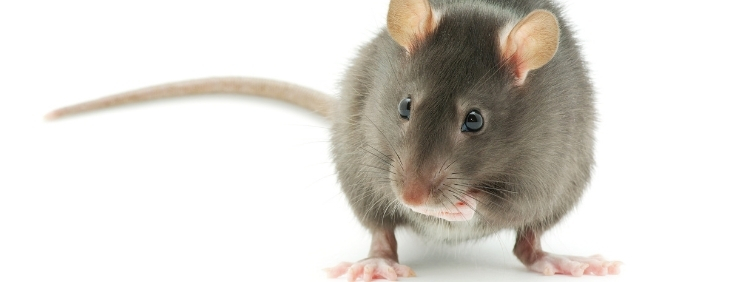Guelph Pest Removal: What Do Mice Use Their Whiskers For?

Whiskers are necessary for mice to navigate the world around them. Mice use their whiskers to transmit crucial sensory information to their brains that tell them what to do next and how to do it. Without their whiskers, mice are limited in how they perceive dangers around them. Learn how mice use their whiskers to their advantage and who to call if you need pest control services in Guelph.
Whiskers Transmit Info
Whiskers are two times as thick as the normal hairs on the mouse’s body, and their thickness is part of how whisking works. Whickers are rooted deep into the mouse’s face and attach to nerve endings. These nerve endings transmit information to the brain about everything the whiskers feel and touch. Because the whiskers vibrate at the slightest touch or breeze, mice can learn about an object, threat, or location without actually seeing it. The sensitivity feature of whisking is a bonus for mice because they have notoriously lousy eyesight.
Whiskers Feel Around
The best way to understand how an animal uses a sense is to compare it to a human sense. Mice use their whiskers in the same way that humans use their hands and fingers to feel around in a dark room to find glasses or a cellphone. If that experience doesn’t resonate, imagine reaching into your purse, searching for a specific item, and locating it only with your sense of touch. The way that mice use their whiskers is the best equivalent to searching out and finding an item with little other sensory input besides the signals sent from the fingers to the brain and then matching stored information with that information.
Whiskers Localize Objects
Whiskers, like human fingers, localize objects. Mice use this function of their whiskers to find many essential things necessary for their survival. If you have ever wondered how a mouse can evade the traps you have set for them repeatedly, using their whiskers to map this foreign object is the way. Mice also use their whiskers by moving them back and forth the detect objects in front of them and to the sides of their head.
Whiskers Map Surroundings
Mice are acutely aware of where they are at all times. Since their eyesight is terrible, they rely on their whiskers and stored sensory input to help them with this skill. When mice explore a place for the first time, their whiskers transmit all kinds of new information. The data is sent to their brain, and a map is constructed of the room. The mouse will store this recreation of the room to use again and again. Using their stored sensory input can help them hide from threats.
Whiskers Differentiate Surfaces
Just like humans use their fingers to determine if something is rough or smooth, mice do the same differentiation with their whiskers. When they whisk back and forth, mice can detect the texture of a surface before actually stepping on it or walking across it. This feature of whiskers is essential so that mice do not fall into water or glue traps etc. Detecting the nature of a surface will also help mice manage the speed at which they travel across the surface to avoid injury.
Whiskers Detect Prey
Whiskers take the slightest detection of objects, movement, or unknown presence and transmit it to the brain for interpretation. Different cortex areas are activated depending on the brain’s work, whether accessing sensory storage or detecting unknown threats or prey. Threat and prey detection happen mainly in the higher cortex areas.
The professionals Truly Nolen are experts in mice removal in Guelph and the surrounding areas. To schedule fast and humane mice removal, contact Truly Nolen today.